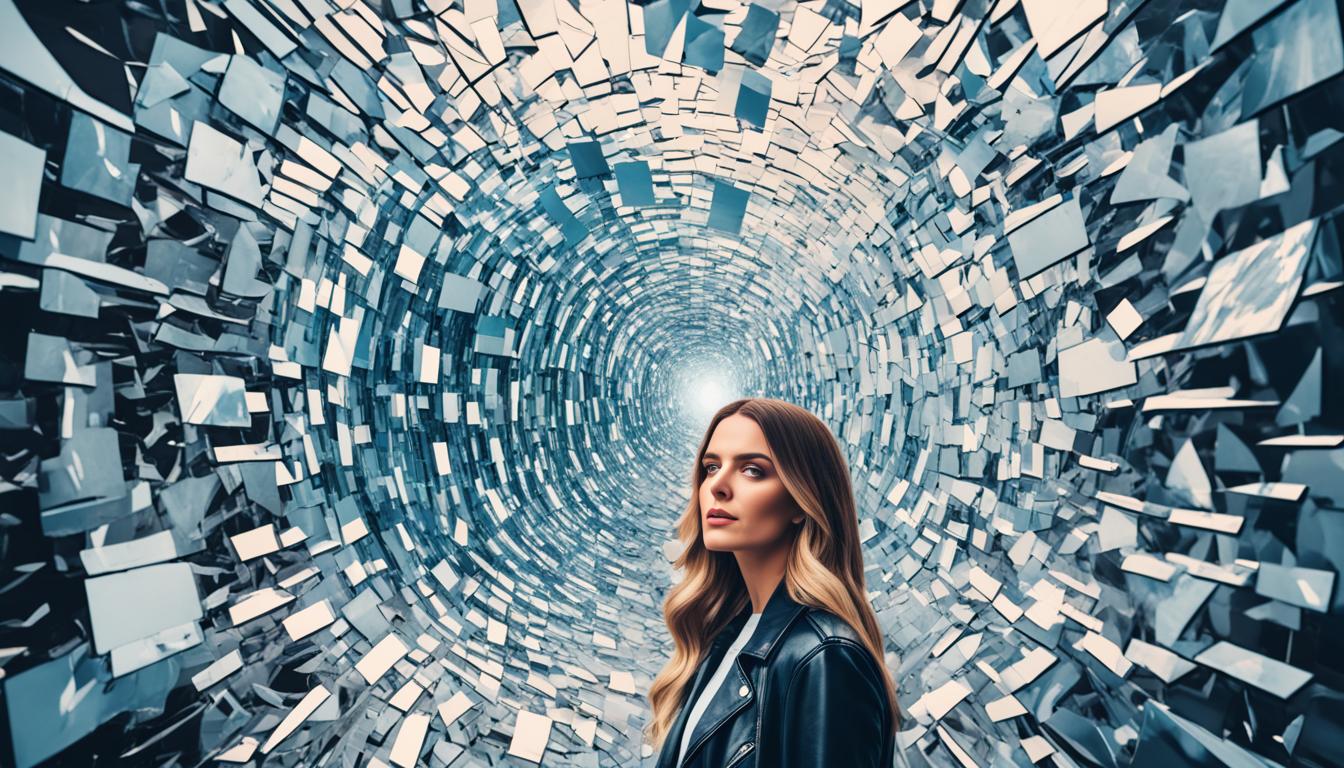In an era dominated by visual content, the lines between authentic experience and meticulously crafted illusion have become increasingly blurred, particularly within the influential digital sphere. A growing chorus of scrutiny now questions the authenticity of the seemingly perfect lives portrayed online, giving rise to discussions captured by phrases like "influencersgonewild the editing tricks they dont want you to see." This phenomenon highlights a pervasive suspicion that behind every flawless selfie and aspirational lifestyle post lies a sophisticated arsenal of digital manipulation, carefully concealed from the unsuspecting viewer.
Editor's Note: Published on 25 May 2024. This article explores the facts and social context surrounding "influencersgonewild the editing tricks they dont want you to see".
The Digital Canvas
The journey from raw image to polished social media masterpiece is often a complex process, involving layers of enhancement that extend far beyond a simple filter. Initial curiosity regarding the impeccable aesthetics of online personalities has evolved into a widespread skepticism, fueled by anecdotal evidence, 'before and after' exposes, and the sheer improbability of such consistent perfection. The public's growing digital literacy has enabled a collective discernment, where subtle anomalies and inconsistencies in influencer content are increasingly identified and called into question. This emergent critical perspective challenges the long-standing practice of presenting a hyper-real version of existence, pushing for greater transparency in an industry built on aspiration.
"The inherent paradox of influencer culture is its promise of authenticity delivered through highly controlled, often artificial, means," notes Dr. Eleanor Vance, a media psychologist. "When audiences discover the extent of digital intervention, it doesn't just erode trust in an individual; it undermines the perceived reality of the entire digital ecosystem."
Invisible Artifice
The "editing tricks they don't want you to see" encompass a broad spectrum of digital alterations, ranging from minor touch-ups to significant environmental and anatomical transformations. Tools like Photoshop, FaceTune, and a myriad of video editing suites empower creators to reshape nearly every aspect of their visual output. Common practices include advanced skin smoothing that erases pores and textures, body sculpting (liquify, warp tools) to subtly alter physique, and sophisticated lighting adjustments that can create a perpetual 'golden hour' glow regardless of actual conditions. Beyond personal appearance, backgrounds are frequently manipulated, from removing photobombers and clutter to entirely fabricating scenic vistas. Video content, too, is not immune, with subtle cuts, speed alterations, and color grading employed to curate a specific mood or narrative that may diverge significantly from the unedited footage. These techniques are often executed with such precision that they become almost imperceptible to the casual observer, making the revelation of their use all the more impactful when exposed.
Key Revelation: Many editing applications now boast AI-powered features that can seamlessly reshape facial features or body parts with minimal user input, making high-level digital manipulation accessible to a broader range of creators, even those without extensive graphic design skills.
Surprising Fact: Influencers are not only editing themselves but often alter surroundings, removing environmental imperfections, or even adding elements to create a more aspirational narrative for sponsored content or lifestyle portrayals.
